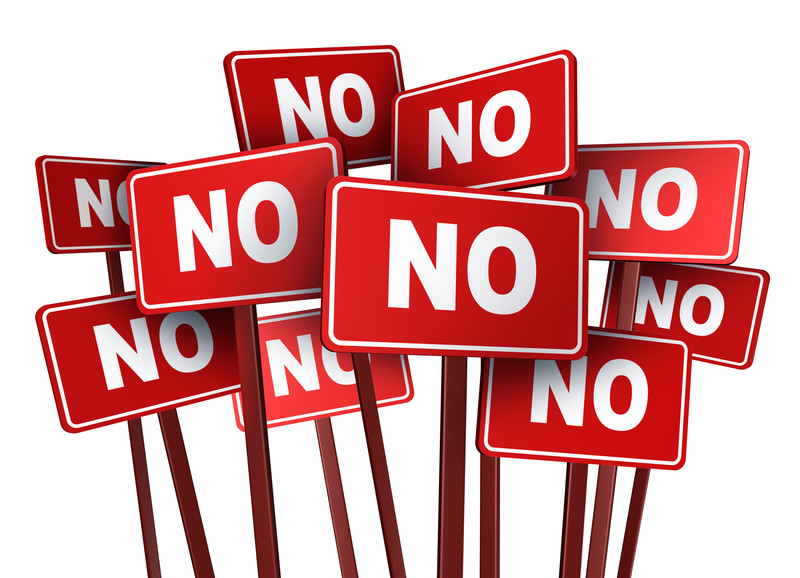We’re now in the seventh chapter of my book, Get Back Up, I could no longer work in the fast food industry due to the injuries I ‘d suffered in a car accident, and so I was about to begin a new career as a life insurance salesman.
I would learn that sales can be a hard way to make a living and that some products are harder to sell than others. Life insurance was a very hard product to sell. I’d also learn that before you could sell a product or service, your customer had to have a need for that product or service. Some products are pleasant to purchase, like a new car or a house, but let’s face it, the reason people buy life insurance is because they’re eventually going to die, and not many people want to have that conversation. So, I heard a lot of “No” when I called people and tried to sell them life insurance.
I had to learn how to overcome those objections to make the sale. I would hear things like “I don’t really need insurance right now,” and for most single people that might have been true. Because of that I tried to focus my cold calling on families. Cold calling was my least favorite part of selling life insurance. You just call people out of the blue and try to get an appointment to sell them your product. A lot of people would just hang up on me. Some people would actually listen and then hang up when they heard the words life insurance. The rejection really started to get to me until I learned the success to failure ratios. It turned out that it took about twenty calls to get one appointment. That is, you had to get through nineteen people saying “No” to get to the one person saying “Yes.” So, I started looking at the nineteen “No” replies as simply a path to the one “Yes” response.
Once I got the customer to say Yes to an appointment, I would then have to deal with another round of “No” and/or objections. Of course, this step in the process had its own success to failure ratio, and I would learn that it took five appointments to make one sale. I understood this and I could once again just tell myself that I had to get through the “No” people to get to the “Yes” customers. Appointments were hard to get, obviously, so when I did get one, I didn’t want to leave without the sale.
So, I started to role play and practice listening to and overcoming the objections I was hearing. Whole life is too expensive? Actually, it’s free after a few years. Can’t afford the premium now? Buy term life and convert later. Want to shop around? You really shouldn’t leave yourself and your family unprotected. Buy now; you can always cancel later if you find something better. My favorite objection was, “We just don’t have the money,” To which I would reply, “What if you came home and the refrigerator was broken?” “I’d have to get it fixed,” they’d say. “But you don’t have any money,” I’d counter. “We’d have to find it,” they’d say. “We couldn’t let all that food spoil.” And I would respond with “Of course you’d find the money to protect your food. Now are you sure you can’t find the money to protect your family?”
I started to make a lot of sales and I even won an award for being the top salesman for the month, but I wasn’t having a great time selling life insurance for a living. Sure, I was learning a lot about selling and selling itself can be fun, but the product I was selling wasn’t a lot of fun to talk about. I needed to find a different product to sell; one that had more to do with carving out a life as opposed to carving out a death.
Lessons:
- Before you can sell a product or service you have to find a buyer with that need.
- Sometimes you have to prove to the prospect they have a need before you can sell them the product that fills it.
- A “No” is just a request for more information.
- Your path to Yes runs through many No’s.
George A. Santino helps people who want to break down barriers, including self-imposed barriers, to success. Check out his Amazon bestselling book, Get Back Up: From the Streets to Microsoft Suites.

